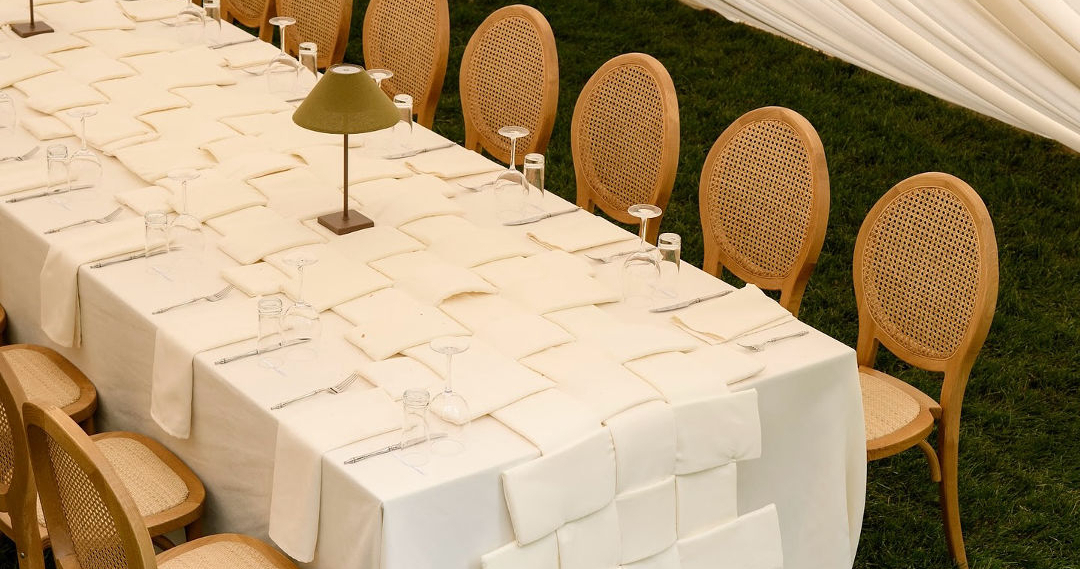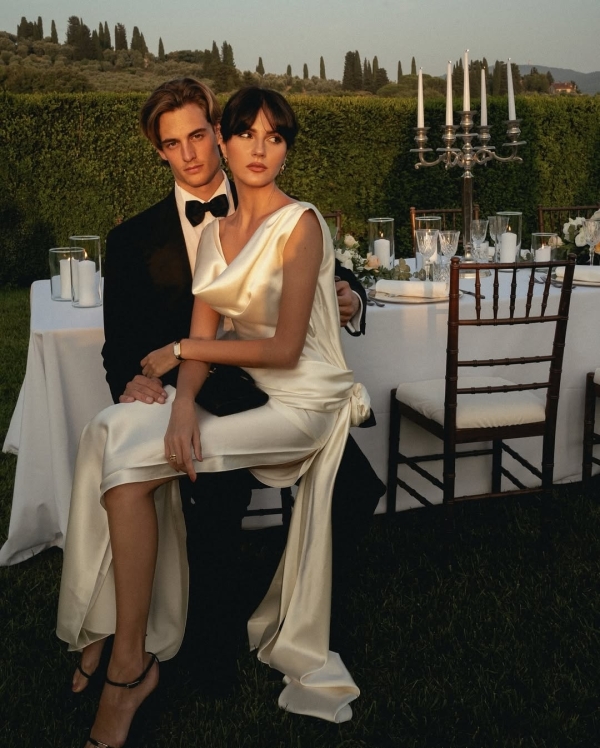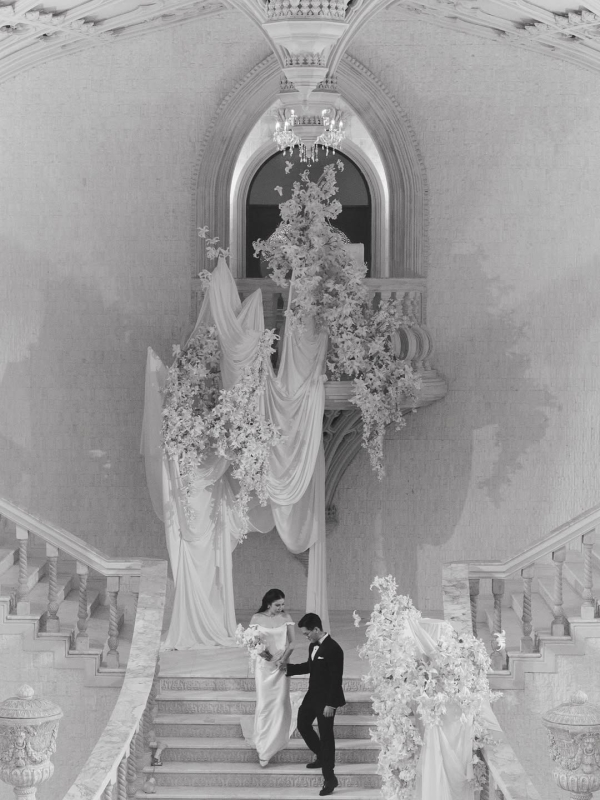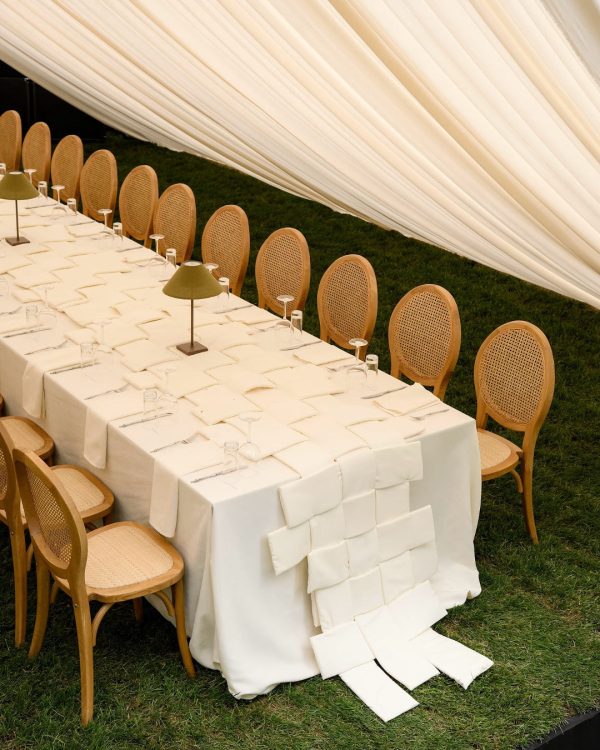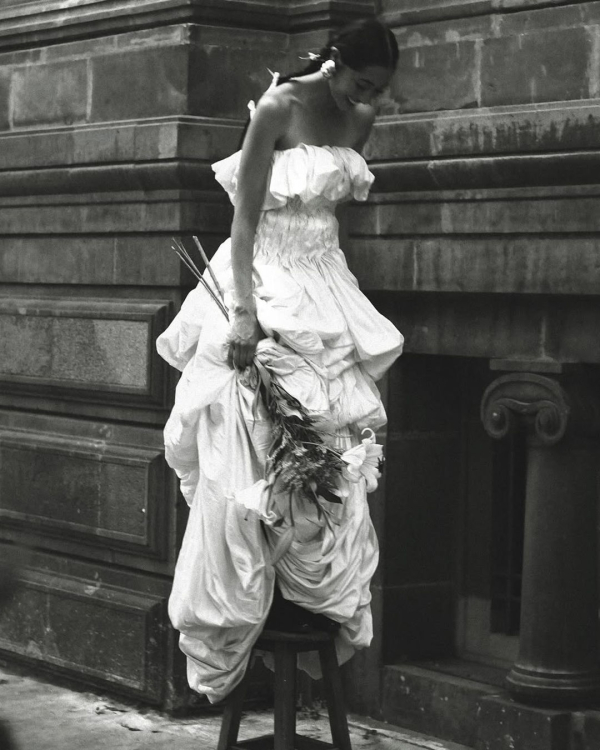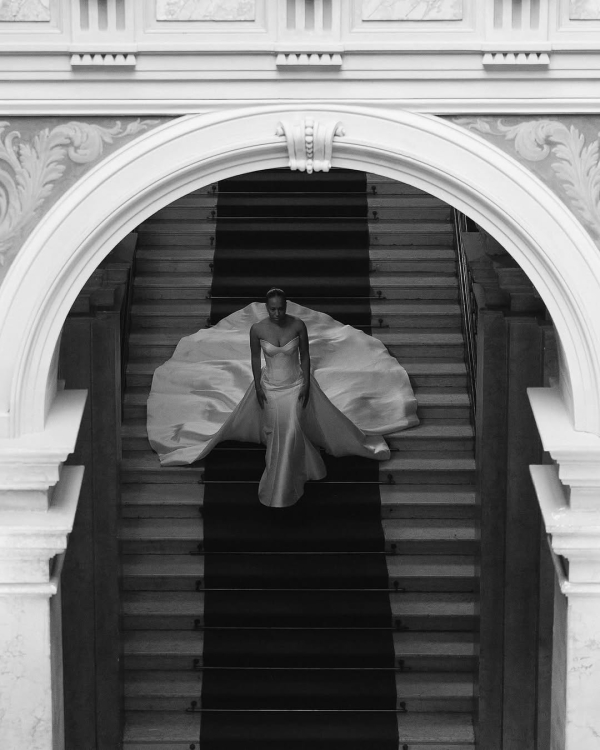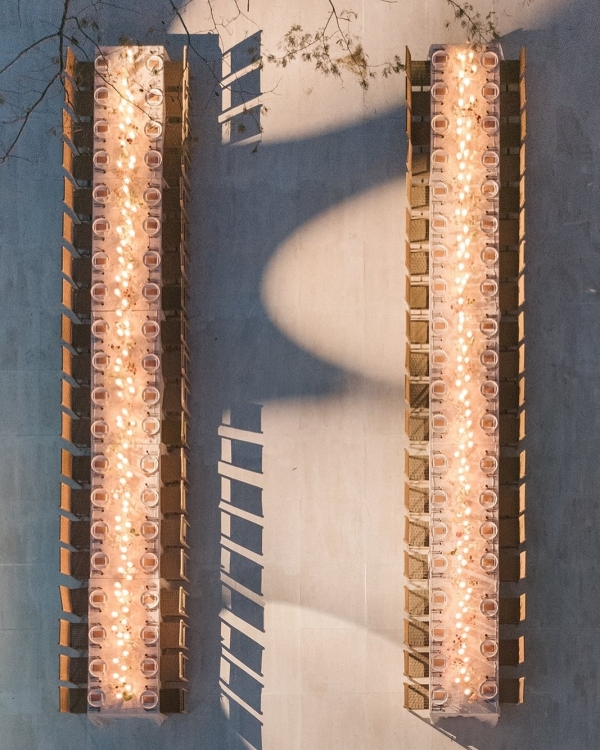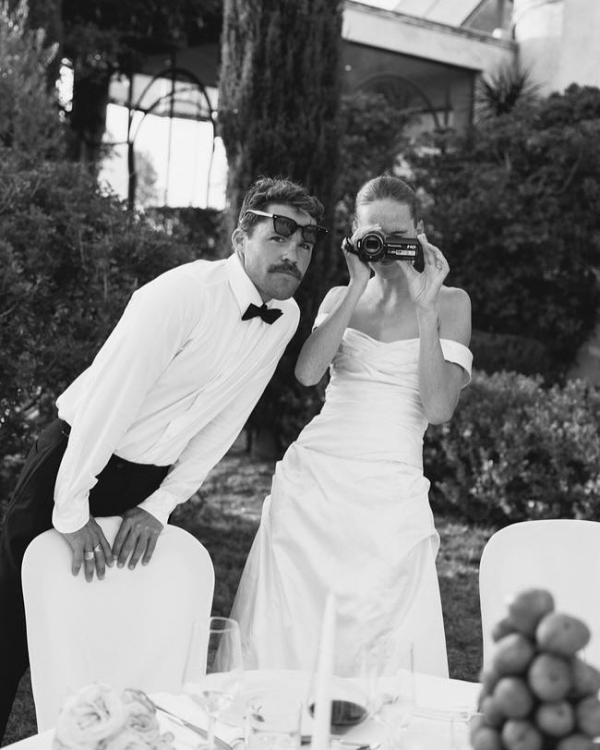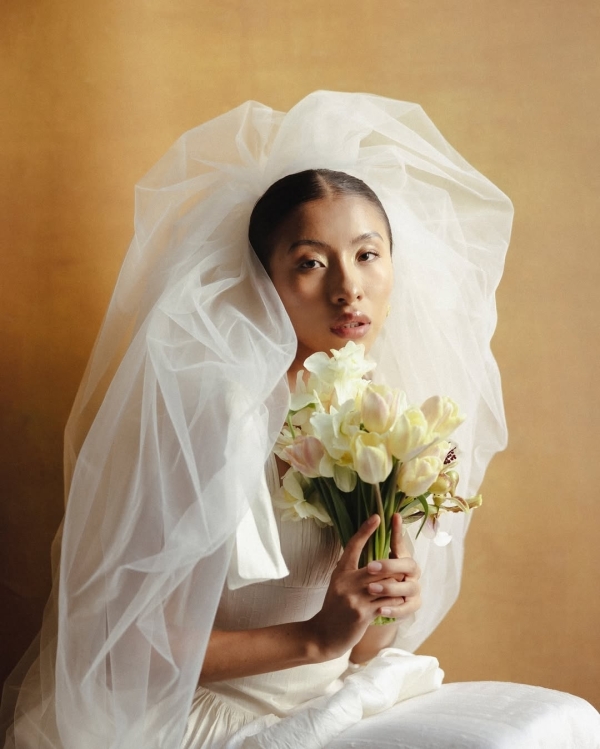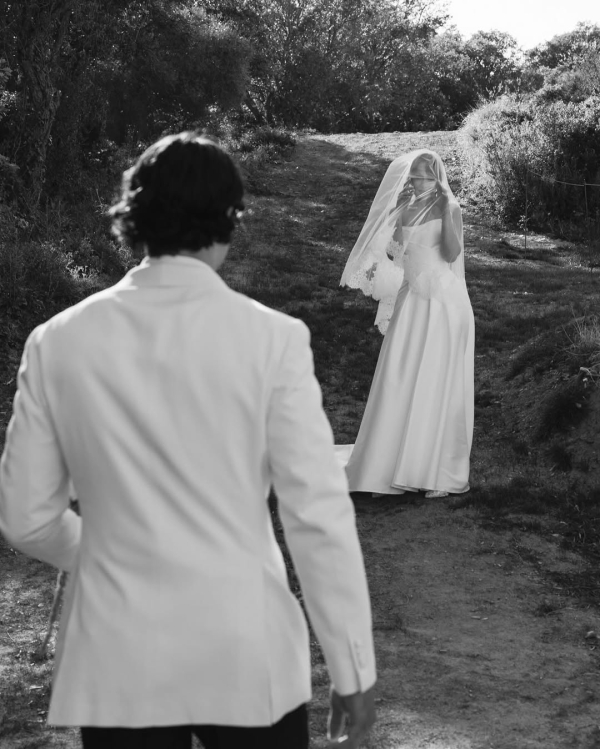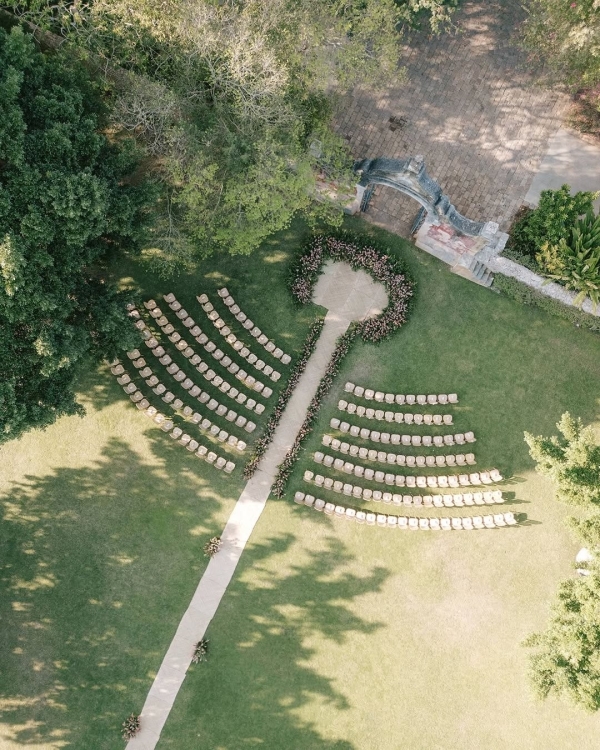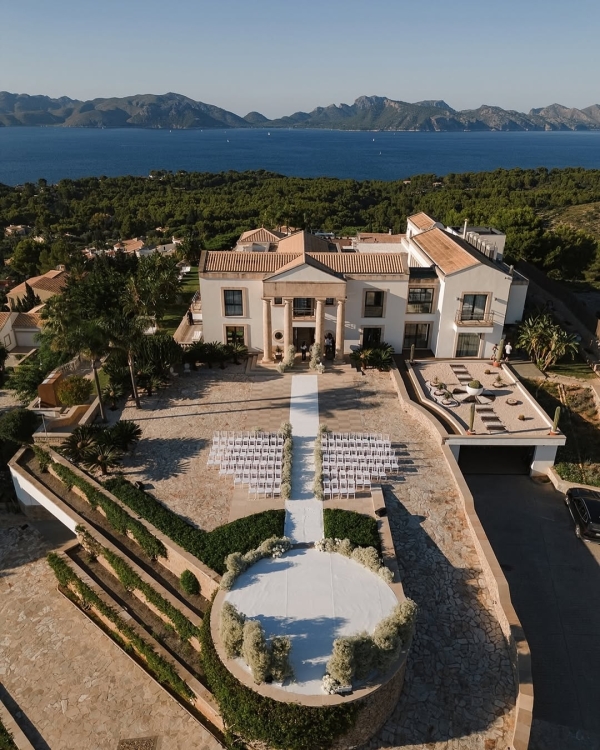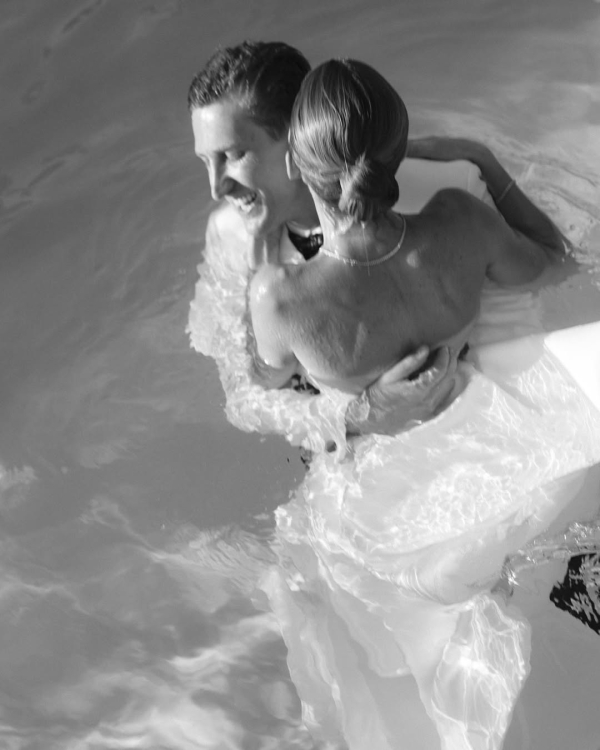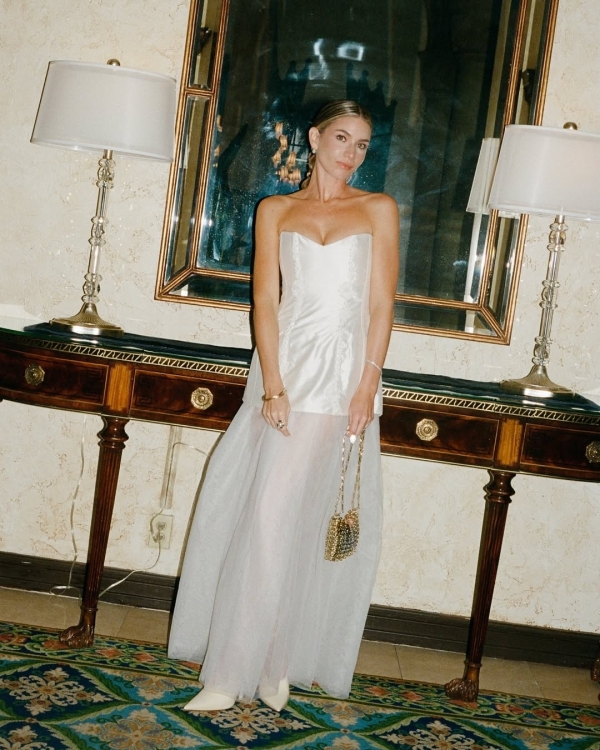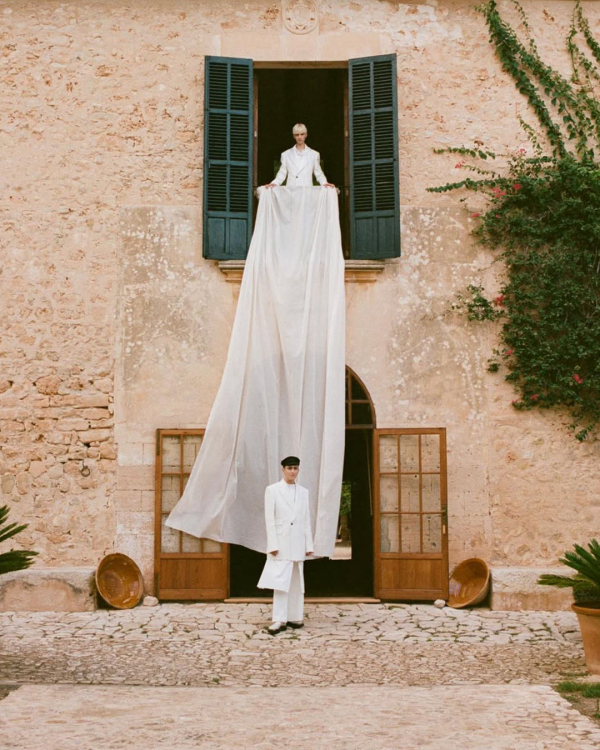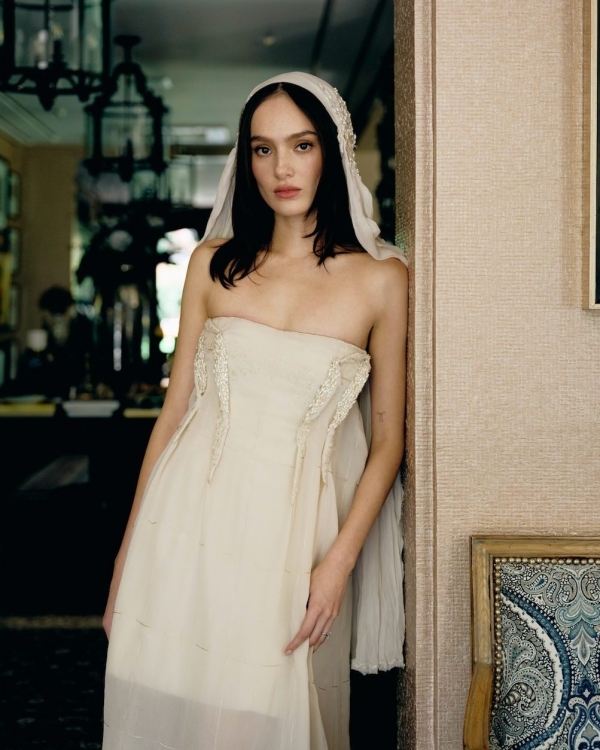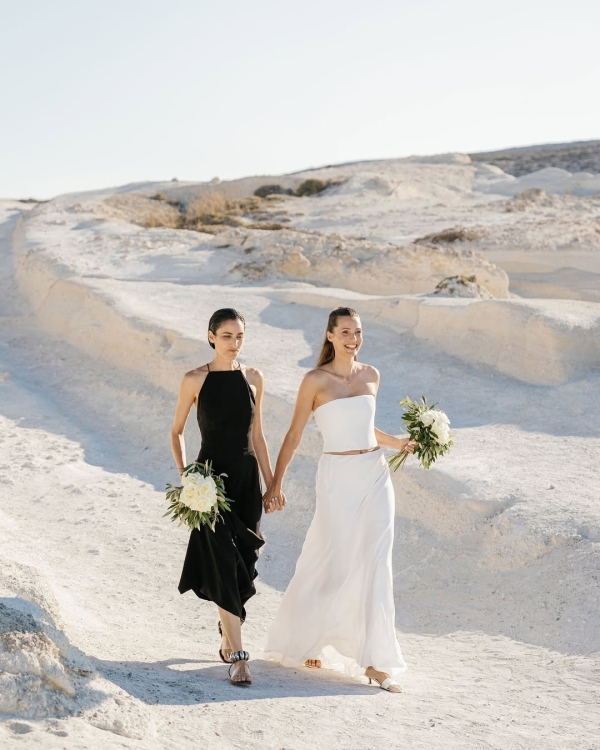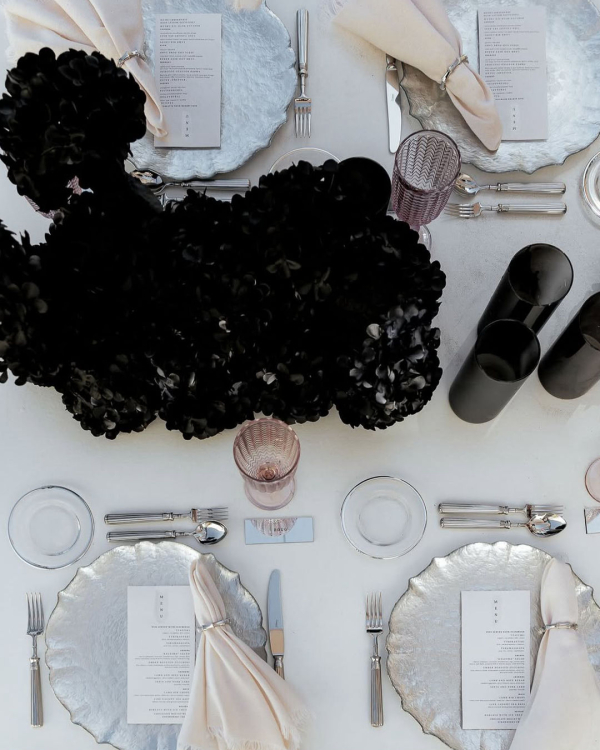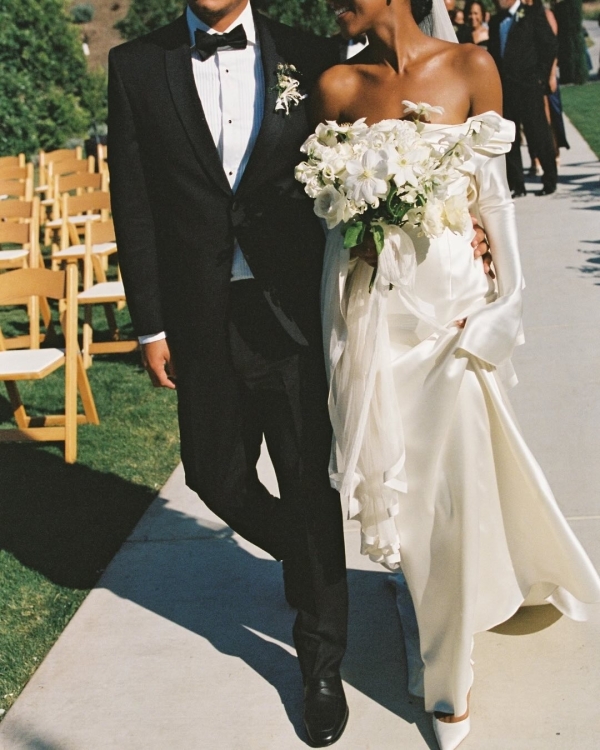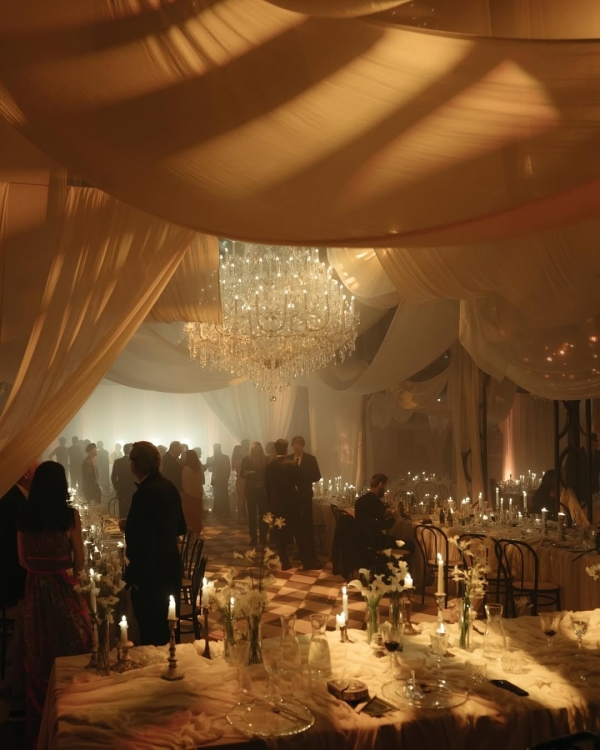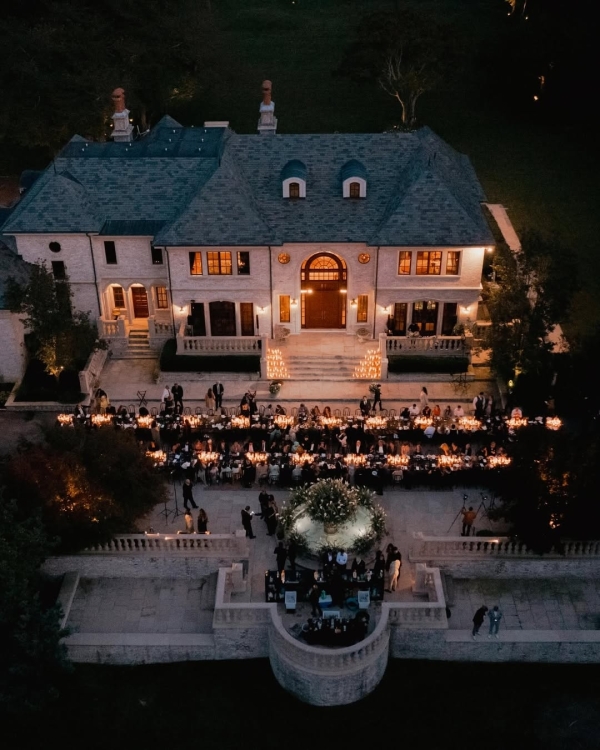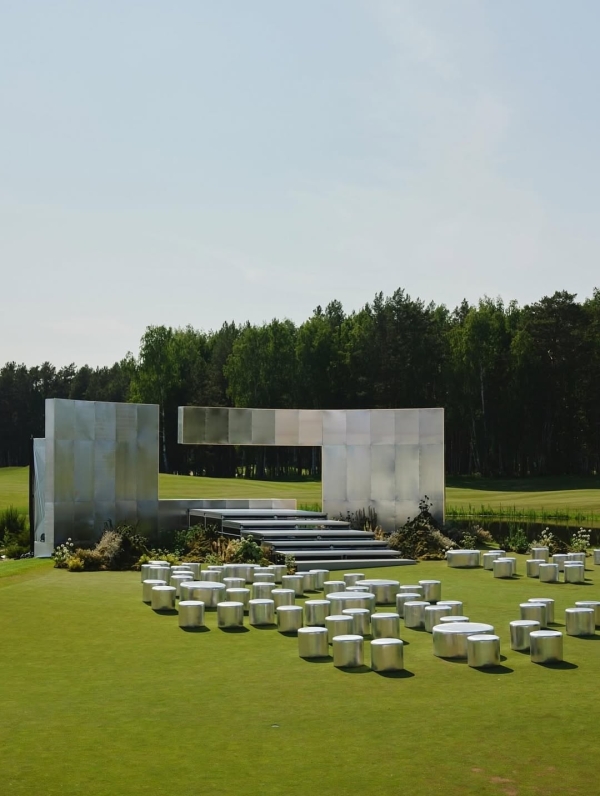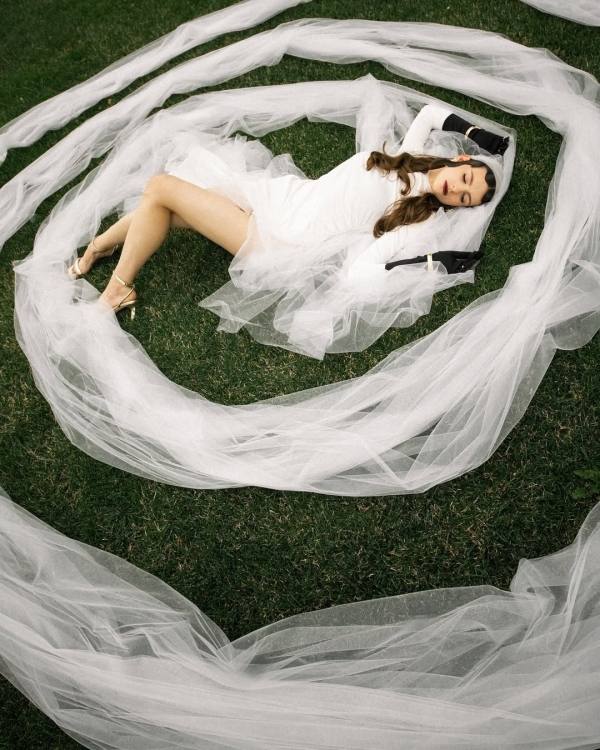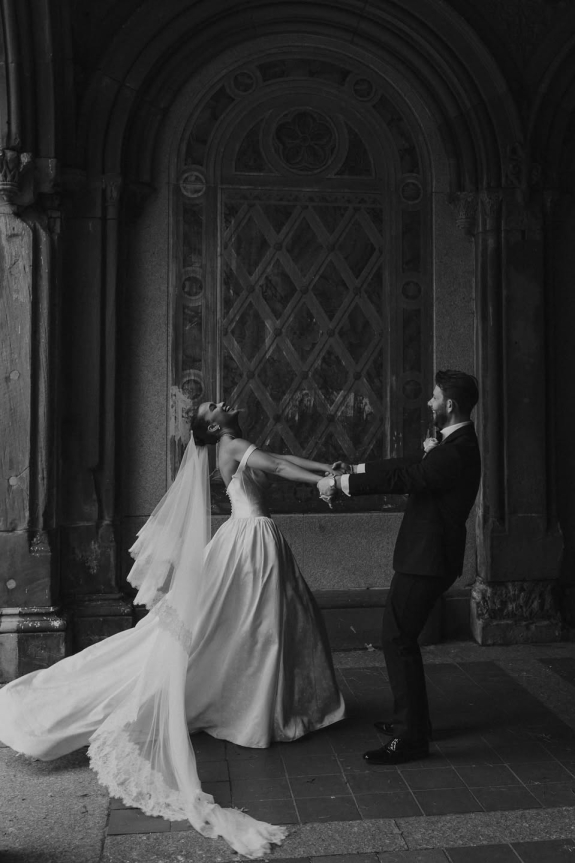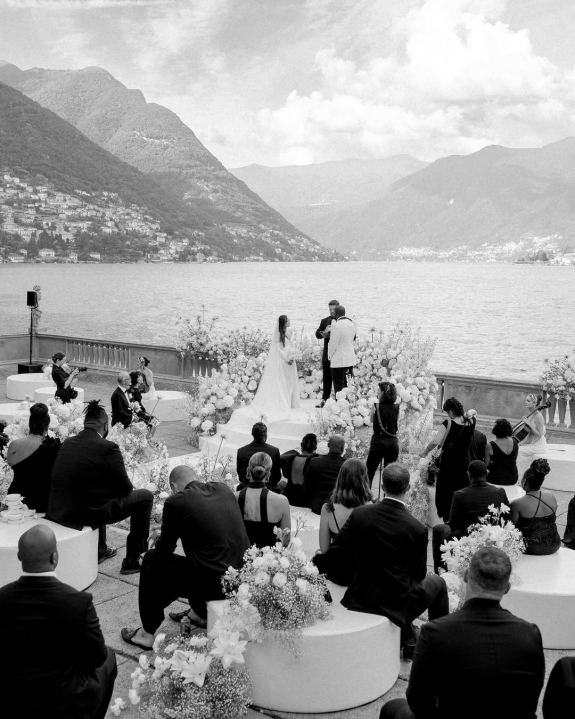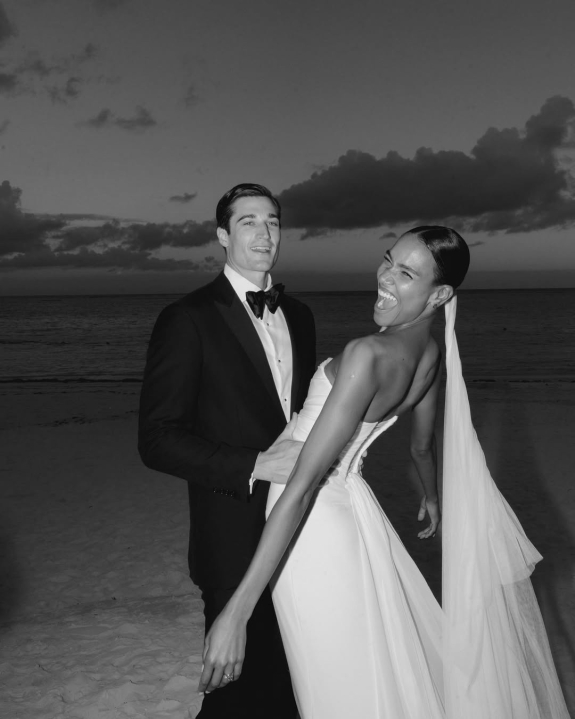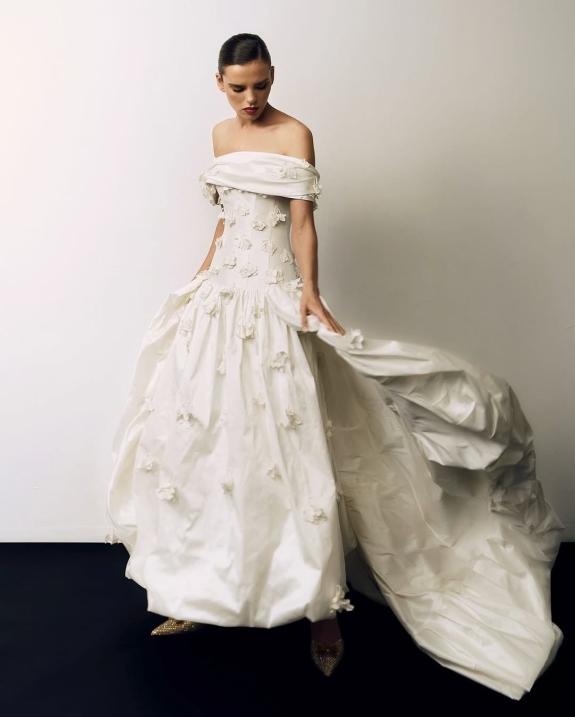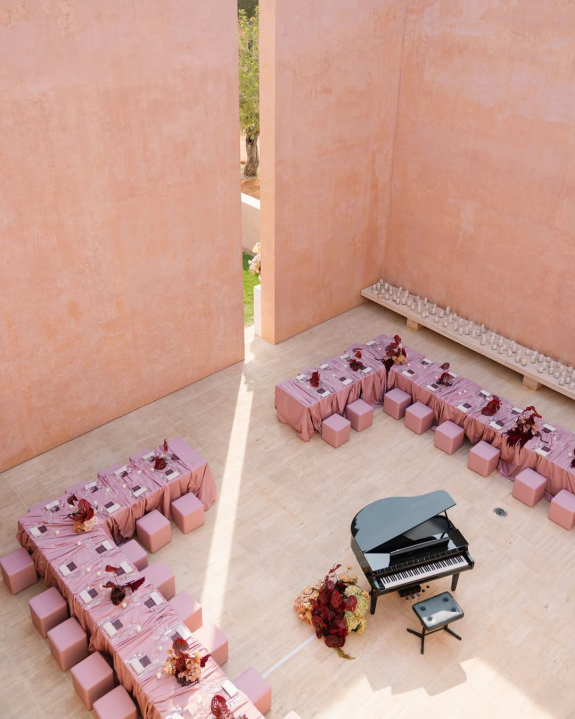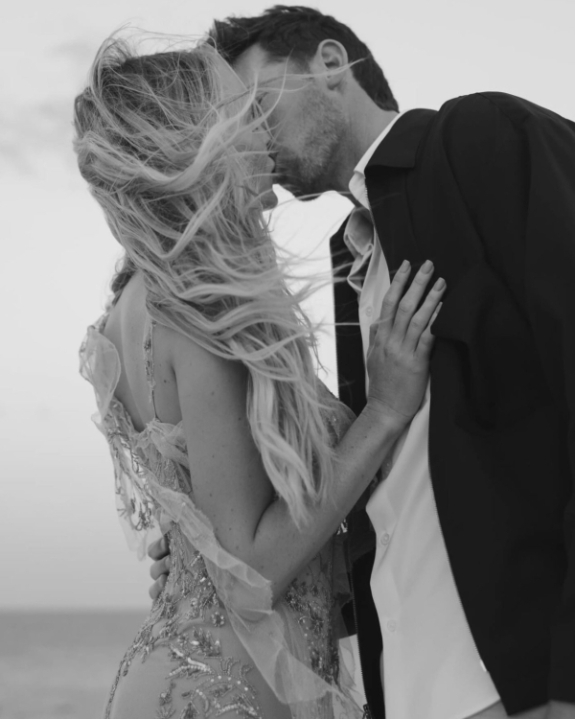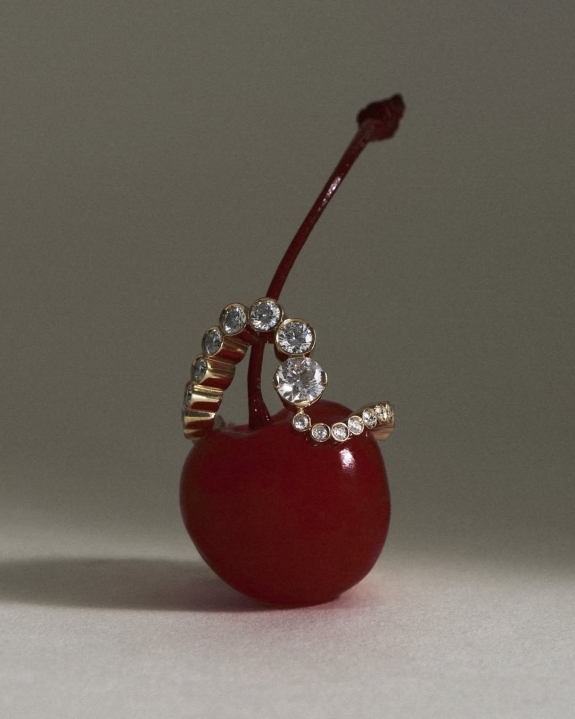The secret to a flawless wedding day? Thoughtfully crafted and executed details — with a well-planned timeline topping the list. It's the backbone that keeps the day flowing smoothly, guiding not just the couple, but the entire team behind the scenes. From those early morning portraits to the final bite of dessert, every minute counts. We teamed up with industry insiders to break down the 11 most common wedding day timeline mistakes — and how to avoid them. It’s not just about keeping things on schedule; it’s about setting the stage for a day you’ll never want to end.
Soyuz Decor, Dante Albertti
Photography: Poddubny Photo, Alejandro Ortiz
Underestimating the Time
(and Work) It Takes
One of the most common mistakes? Assuming everything will fall into place on the day without accounting for the clock—or the energy required. As wedding planner Anna-Jill Gierhards, founder of Kiss from Fleur, points out, timing is everything: “I, of course, recommend hiring a wedding planner to advise you on the timing needed for each event. Weddings have become more complex than they were a few years ago, and we need to be honest about the time and effort also required from the couple’s side. Logistics such as location changes, transportation, traffic, touch-ups, and even small rest breaks all need to be mapped out in detail beforehand to make sure everything runs smoothly.”
Happy Moments Collector, Callista & Co.
Photography: Kate Domracheva & Andrew Bayda, Cedar & Pines
Overloading the Day with
Too Many Photo Must-Haves
Of course you want to capture the details, the memories, and the meaning you’ve poured into your wedding—but you also want to experience it. That means giving your photographer the time and space to document the day as it unfolds, not just as it’s scripted. Lauren Alatriste, a photographer with an editorial eye, always tells her couples this. “We’re the experts you hired—let us help you create space for artistry instead of cramming every Pinterest idea into one day. When couples book us for multiple weekend events, magic happens. You’re already connected with us, you’ve gotten gorgeous photos with everyone, and on the wedding day you can actually be present instead of thinking, ‘We need this shot, and this shot.’ You want to feel like you’re marrying your best friend, not starring in an eight-hour photoshoot.”
Seasoned photographer Mili Ghosh, whose vibrant wedding imagery always leaves an impact, highlights that when a timeline is overfilled, the day begins to feel mechanical. "There is no space to breathe, no room for anything unscripted. And yet, it is the in-between moments—the glances, the gestures, the stillness—that often hold the most meaning. These are the memories that last longest, but they vanish when the day becomes a checklist."
Photography: Sara Lázaro, Yessica Cruz
Skipping the "First Look"
The choice to have a first look is deeply personal, yet it often offers a quiet moment for couples to connect—and capture truly beautiful photos. Anastasia Aslanyan, the visionary behind Happy Moments Collector, reminds couples why it’s worth considering and building into the timeline: “Some couples skip the first look, hoping to save that moment for the aisle. But a first look often means you get calm, unrushed portraits together—rather than squeezing photos into cocktail hour and missing time with your guests.”
Lauren Alatriste agrees, suggesting to; “do the first look, get those butterflies settled, actually be present for your ceremony, and then enjoy quality time with your people instead of rushing through a photo marathon. Trust me, that aisle moment hits just as hard when you're calm enough to actually experience it.”
Loidy Yarena Montero, Callista & Co.
Photography: Robert Marcillas, Cedar & Pines
Not Factoring in Travel Time
Between Wedding Locations
Many couples overlook the toll of travel time between venues—until the day arrives. Lauren Alatriste often sees couples underestimate just how much it can throw off the flow. She explains, “Multi-location weddings sound dreamy until you’re coordinating 15 bridesmaids across different Airbnbs while praying everyone makes it to your ceremony on time. Your wedding day should flow like your favorite playlist—seamless transitions, not jarring stops. When there’s a 45-minute gap between ceremony and reception, you lose that celebratory momentum. Keep it simple, keep it close, and your day will feel like one beautiful, uninterrupted love story instead of a logistics nightmare.”
Happy Moments Collector, L'Escape
Photography: Andrew Bayda & Natali Nagornykh, Mili Ghosh
Trying to Pack in
Too Many Activities
For many, a wedding day is a once-in-a-lifetime experience, so couples often try to make it as eventful and activity-filled as possible. But that ambition can come at a cost. Anastasia Aslanyan explains, “It’s tempting to want every tradition and extra event, but overstuffed timelines often leave couples feeling rushed. Prioritize what matters most to you and don’t be afraid to trim the schedule so you can be present in each moment.”
If you still want your celebration to include a range of immersive, meaningful experiences, consider expanding beyond a single day. Wedding planner Callista Osborn of Callista & Co. suggests: “Design a wedding weekend experience so that you are not worried about accomplishing it all on your wedding day. Then you can be more present throughout each of the festivities and not as worried about racing through the timeline on the wedding day itself.”
Photography: Fedor Borodin, Lauren Alatriste
Overdoing the Outfit Changes
Multiple outfit and beauty look transformations are having a major moment—and rightfully so. Your wedding is a sartorial milestone as much as an emotional one. But too many changes can fracture the rhythm of the day, leaving you rushing between looks instead of living in them. “I usually recommend sticking to two key looks: one for the ceremony and dinner, and another for the after-party or cake cutting,” shares Sofia Bute, Event Director at The Heritage Collection Planning. “If you love a ‘getting ready’ moment, a third outfit for morning prep can work—but beyond that, the schedule can start to unravel. Be sure to rehearse the changes in advance and allow proper transition time. What seems like a quick change in theory often takes longer in reality.”
Anastasia Aslanyan reminds couples, “If you’re planning an outfit or look change, don’t forget to schedule a realistic break for it and inform your planner. Couples often forget this, causing unexpected delays or missed moments later.”
Photography: Lauren Alatriste, Colin Dancel
Overlooking the Pause
Before It All Begins
There’s a sacred quiet that often gets overlooked in the wedding timeline: the stillness that settles in once the final button is fastened. Rushing through this window can mean missing some of the most emotionally resonant moments of the day. “Once the bride is fully dressed and the room settles, something powerful begins to shift. The energy becomes still. The emotions deepen,” says Mili Ghosh. “It is in this quiet window before the ceremony that the most poignant moments start to emerge—a parent’s lingering glance, a breath held in anticipation, the weight of everything the day has built toward finally becoming real.”
Photography: Claudia Maurino, Colin Dancel
Skipping Private Time as a Couple
A pause just for the two of you is essential, and surprisingly, many couples regret not building this into their day. Callista Osborn encourages couples to carve out as much time as possible together. “Schedule special moments just the two of you and try to experience the wedding reception together. We find couples can regret how little quality time they have together amidst all the preparation and obligations involved in a traditional wedding timeline.”
“Many couples regret not taking 10-15 minutes alone right after the ceremony,” reveals Anastasia Aslanyan. “This quiet pause lets you connect and soak in the moment before returning to the festivities.”
Think Happy Events, Kiss from Fleur
Photography: Les Anagnou, Marios Iosifides
Not Scheduling a Pause Between
Ceremony and Reception
Skipping a buffer time between the ceremony and reception is a common timeline trap many couples fall into. As Anastasia Aslanyan points out, “Tight timelines often lead to stress and missed moments. Adding even a short buffer allows for relaxed transitions, spontaneous moments and helps keep the day on track.” This break isn’t just about catching your breath—it’s a thoughtful pause that benefits everyone. Guests have time to mingle and ease into the evening, the couple can freshen up or finish portraits at a comfortable pace, and the vendor team can reset the space and tie up any loose ends. A gentle buffer on the agenda, between events helps maintain a relaxed atmosphere and ensures the transition into the reception feels natural and unhurried.
Kiss from Fleur, Julia Rackley
Photography: Fotis Sid Tasios, Liz Rudman
Mismanaging the Reception Flow
When it comes to reception timing, every minute counts — especially for catering and speeches. “Catering needs a perfect timeline to serve food on point. Couples often forget how long, unexpected speeches from guests can disrupt the schedule,” emphasizes Anna-Jill Gierhards. “That’s why it’s crucial to plan every detail as precise as possible to have buffer time for surprise moments.”
The Heritage Collection Planning, Pejy Kash Events
Photography: Stas Moiseev, Mili Ghosh
Treating the Timeline Like
It’s Set in Stone
Even the most thoughtfully curated wedding timeline should be treated as a flexible guide, not a rigid script. Sofia Bute explains, “Weddings are human, emotional, and sometimes unpredictable. I always suggest building in a cushion for every transition, every toast, every moment of the day. If fireworks are set for 10:00 p.m. and everything before that is stacked minute-to-minute, chances are the timing will slip. A little flexibility goes a long way in protecting the experience for everyone involved.”
Feerique Event, Drugoe Events
Photography: Alex Shevtsov & Karina Nikitina, Kseniya Avgustovskaya
